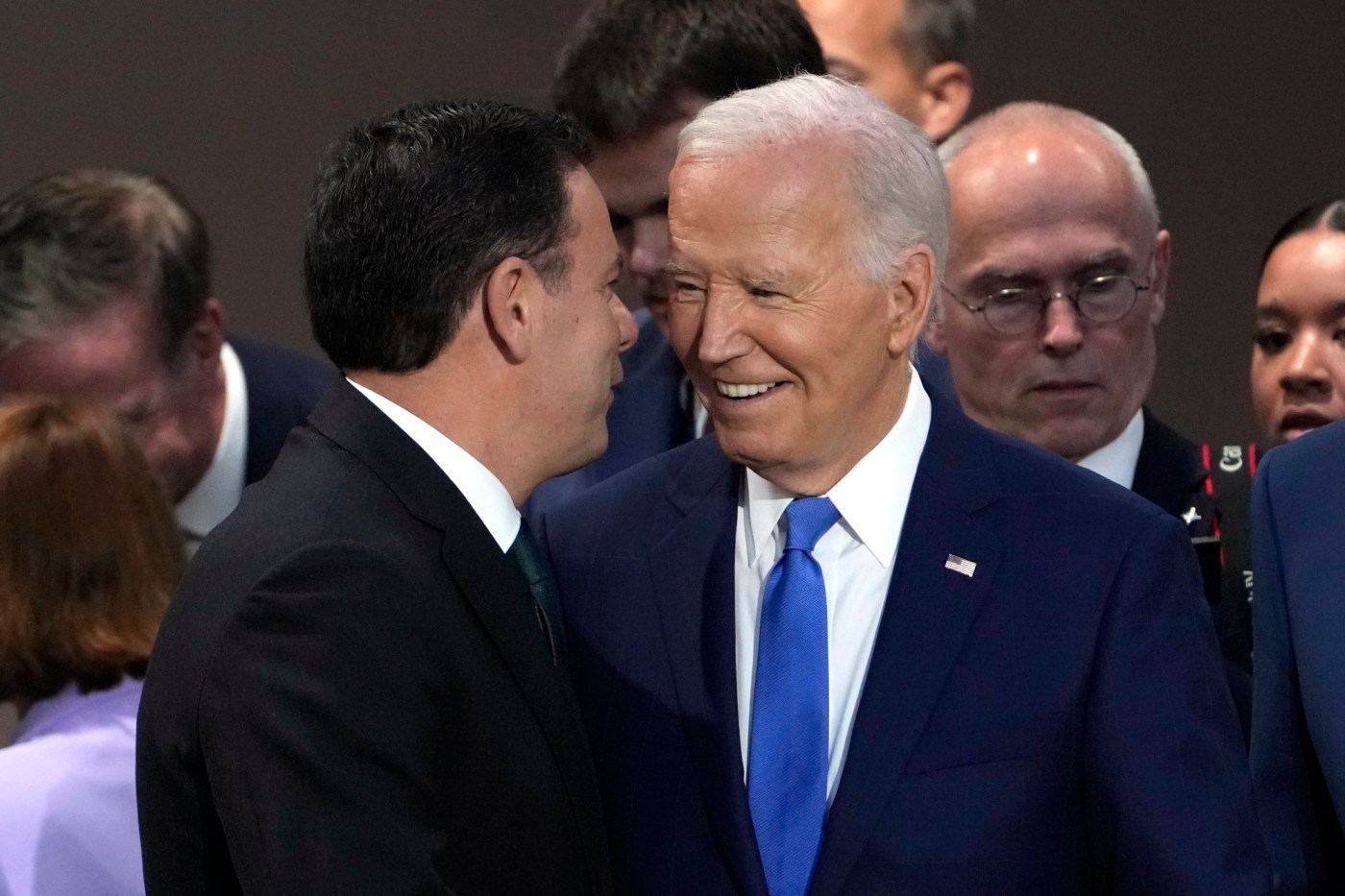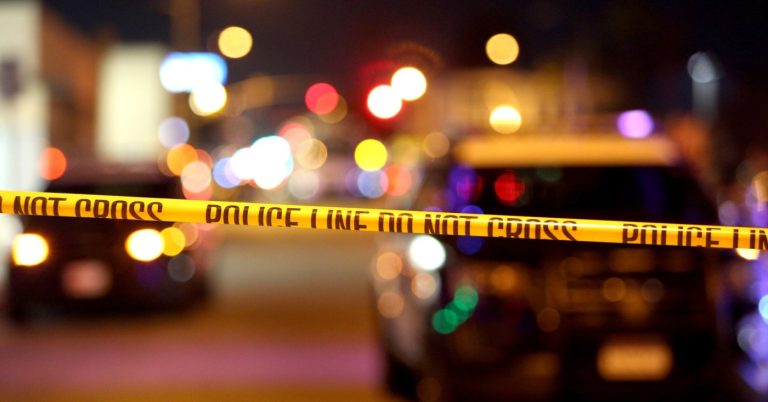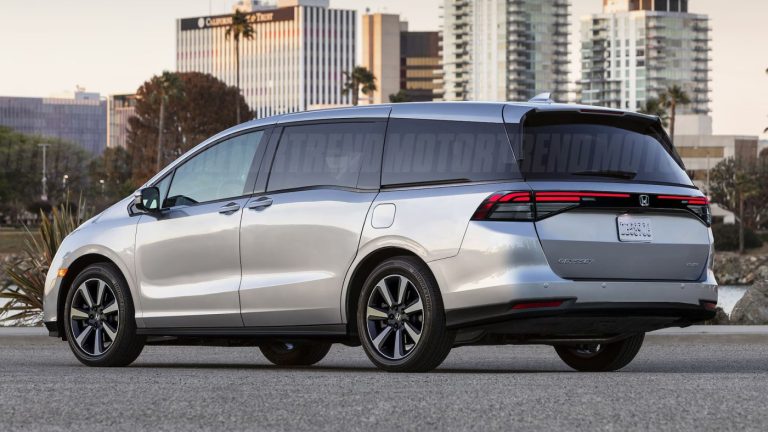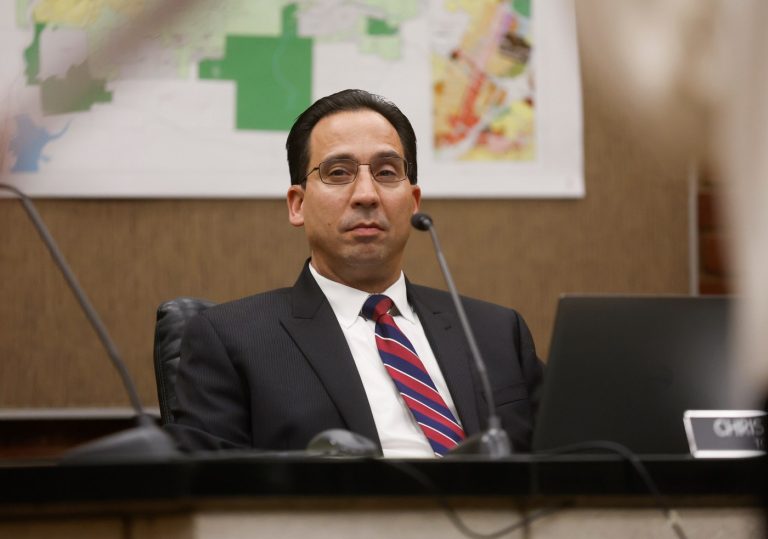By Seung Min Kim and Lisa Mascaro, Associated Press
WASHINGTON (AP) — The Biden campaign is laying out what it sees as its path to keeping the White House in a new memo sent to its staffers Thursday, saying that winning the “blue wall” states of Wisconsin, Pennsylvania and Michigan is the “clearest pathway” to victory.
Though senior aides write in the memo that they could clinch 270 electoral votes in a number of ways, the new memo, obtained by The Associated Press, says those three states are critical and why President Joe Biden has prioritized the areas in his recent travels. He went to Madison, Wisconsin; Philadelphia and Harrisburg, Pennsylvania over the weekend, and will head to Detroit on Friday.
The fresh emphasis on the “blue wall” states by the campaign, which has heavily invested in other battlegrounds such as Arizona, Nevada, North Carolina and Georgia, acknowledges that the path to defeating Donald Trump in November is narrowing, even as the team insists the Sun Belt states are “not out of reach.”
It acknowledges “real” movement in the race, but argues that it was not a “sea change.”
The memo, from campaign chair Jen O’Malley Dillon and campaign manager Julie Chavez Rodriguez, also contends that Biden remains the strongest Democratic opponent to Trump, the presumptive Republican nominee.
Related Articles
White House awards funds to convert old plants to EV and hybrid sites
Trump wants Black and Latino support. But he’s not popular with either group, poll analysis shows
Here’s how to watch Biden’s news conference as he tries to quiet doubts after his poor debate
Prices in US fell in June for the first time since the start of the pandemic
How to watch President Biden’s news conference Thursday
“There is also no indication that anyone else would outperform the president vs. Trump,” the memo says. “Hypothetical polling of alternative nominees will always be unreliable, and surveys do not take into account the negative media environment that any Democratic nominee will encounter. The only Democratic candidate for whom this is already baked in is President Biden.”
Campaign leaders say they want to continue touting Biden’s achievements in office, drawing a contrast with Trump and his policies, and redoubling their grassroots efforts to engage voters — which were their goals anyway before the disastrous June 27 debate that left in question Biden’s cognitive capabilities and fitness to serve. Their internal research suggests that voters will make their decisions based on policies and issues, rather than Biden’s age, O’Malley Dillon and Rodriguez contend.
“What has changed following the debate is that the urgency and discipline with which we need to pursue them has kicked into high gear,” O’Malley Dillon and Rodriguez wrote. “We believe if we follow the roadmap below, we will win.”
The memo came as Biden headed into a crucial ay in his reelection campaign, facing questions at a highly anticipated press conference and sending his team to meet privately with skeptical senators on Capitol Hill as numbers of lawmakers call for him to exit the race.
It’s all part of a mounting effort from the president, who insists he is not stepping aside, and his allies to stop a potential flood of defections and end the turmoil tearing the party apart.
Polls conducted after the debate have largely agreed that Democrats nationwide have doubts about Biden’s ability to lead the ticket in November.
More than half of Democrats, 56%, in a recent Washington Post-ABC News-Ipsos poll said that given Biden’s debate performance, he should step aside and let someone else run. But the Biden campaign points to this poll to argue that despite the “increased anxiety” after the debate, his performance was not leading to a “drastic shift in vote share.”
More than half of Democratic voters in a CNN/SSRS poll said the party has a better chance of winning the presidency in November with a different candidate. And around 6 in 10 voters, including about one-quarter of Democrats, said that reelecting Biden as president this November would be a risky choice for the country rather than a safe one, according to a New York Times/Siena College poll.












